Les Forts de Latour Pauillac *Pre-Order ETA Sep/Oct 2025* 2019 750ml
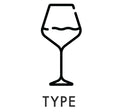



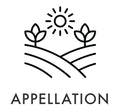

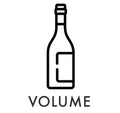
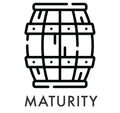
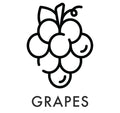

Pre-Order ETA Sep/Oct 2025
OWC 1 / OWC 3 / OWC 6 - upon request
Jamessuckling.com | JS 97
Published: Jan 13, 2025
Exquisite aromas of lavender, cigar ash and Spanish cedar with dried citrus follow through to a medium body and a solid palate with powerful, ultrafine and linear tannins. The muscle and long finish are so beautiful. Give it two or three years but already a solid wine. Drink after 2028.
The Wine Advocate | RP 94+
Published: Feb 13, 2025
Drink@ 2029-2050
The 2019 Les Forts de Latour appears to have tightened up a little since I last tasted it a few years ago. Unwinding in the glass with aromas of sweet cassis fruit mingled with hints of cedar, iris, orange zest and new oak, it's medium to full-bodied, lively and nicely concentrated, with a ripe core of fruit underpinned by chalky structuring tannins. While it's approachable after a decant, it certainly merits additional patience. As readers will remember, this bottling mostly derives from dedicated parcels located further inland from Latour's famous "Enclos," next to Château Haut-Batailley.
Château Latour left the en primeur system in 2012, so the estate's latest releases are the 2020 Pauillac, 2019 Forts de Latour and 2016 Grand Vin de Latour, which I tasted at the estate with Technical Director Hélène Génin. Certified organic since 2018, most of Latour's historic "Enclos" is being farmed biodynamically these days, and its entirety is now cultivated by horse to minimize soil compaction and preserve intact as many old vines as possible. But the objective, above all, rather than subscribing to any particular theoretical approach, is to treat the vineyard holistically, as a system, within and with nature rather than against it. Winemaking is traditional, with macerations in stainless steel followed by maturation in barrel with rackings every three months and one fining with egg whites. Great attention is paid to the choice of barrels: each lot is tasted and its style defined before it's barreled down in cooperage adapted to that style. But if these methods realize the potential of this great site, what makes Latour's site so great? After all, this isn't the only vineyard to occupy the quaternary gravel terrace that makes its appearance along the banks of the Gironde. When I posed this question, Génin's response was to point to Latour's lenses of blue clay interfingered with and underlying those gravels. It's these pockets of clay in just the right places, Génin contends, that contain the secret to the wine's elegantly muscular power and immense longevity.
Decanter | D 94
Published: Feb 2, 2025
Drink: 2026-2046
A captivating nose of milk chocolate, cola, cherries, and violets, offering a soft and inviting bouquet. The palate is fully textured, opening gradually to coat the cheeks and tongue in a fine layer of chalky tannins. Juicy and succulent through the mid-palate, it bursts with citrus zest, orange and lemon pith, cranberries, and red cherries. There’s a beautiful interplay of bite and tension, with a sapdi freshness and a mineral core of crushed stones and iron. The finish ends bright, minty, and herbal, delivering great drive and persistence. 3.60pH.
Closure: Cork
Alcohol: 14.30%
Body: Full
Oak: Oaked
Grapes: 65.8% Cabernet Sauvignon 31.9% Merlot 2.3% Petit Verdot

